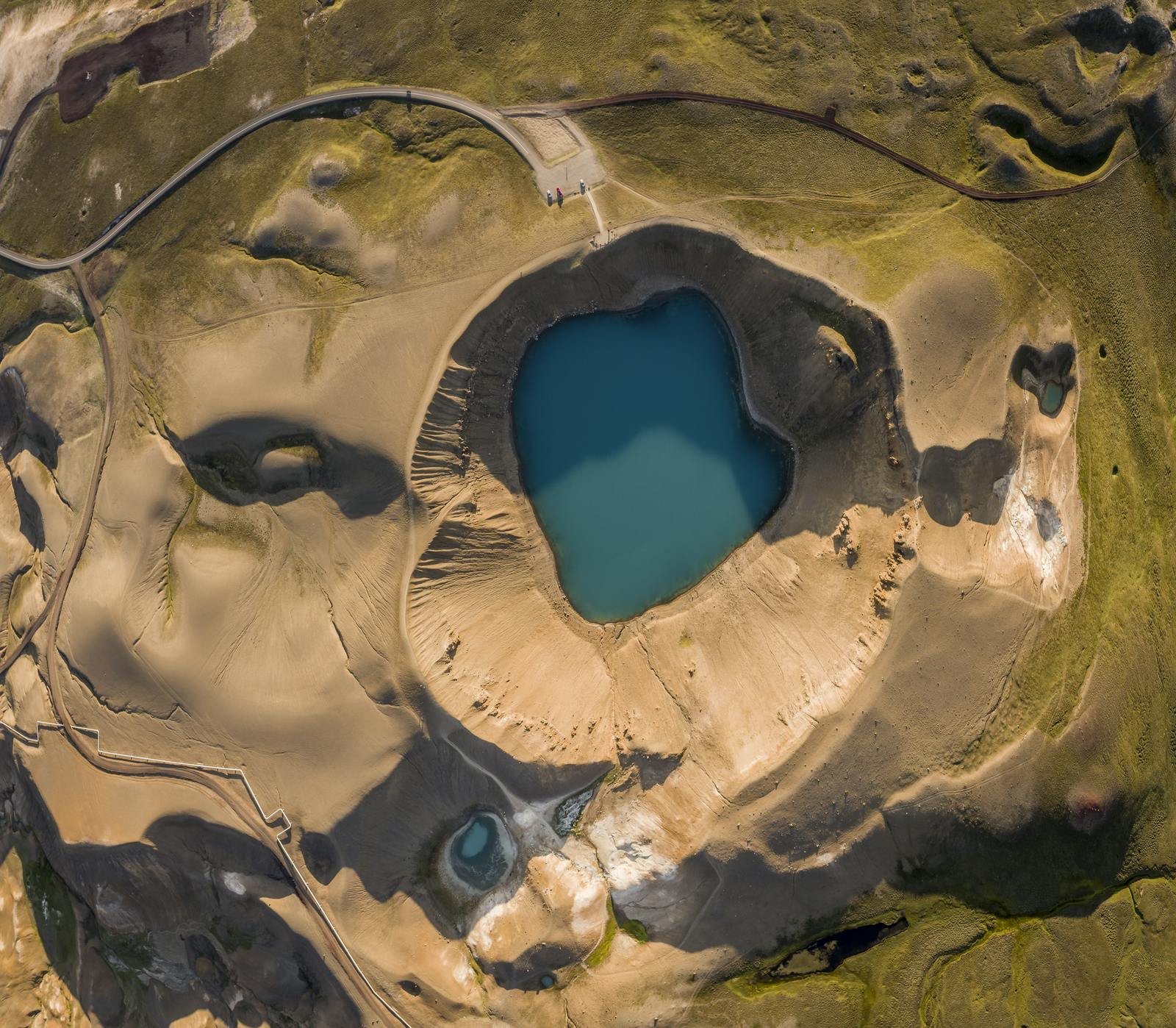
Earthquakes in Iceland
If you’re wondering where on the planet could you experience an earthquake, Iceland is a pretty safe guess. Here, earthquakes are a fact of life. Each year, thousands of tremors shake the country, a reminder of its position on a tectonic plate boundary.
Larger earthquakes are, fortunately, much less common. So how prepared do you need to be if you’re planning to visit Iceland. Here’s everything you need to known about earthquakes in Iceland.
Why are there earthquakes in Iceland?
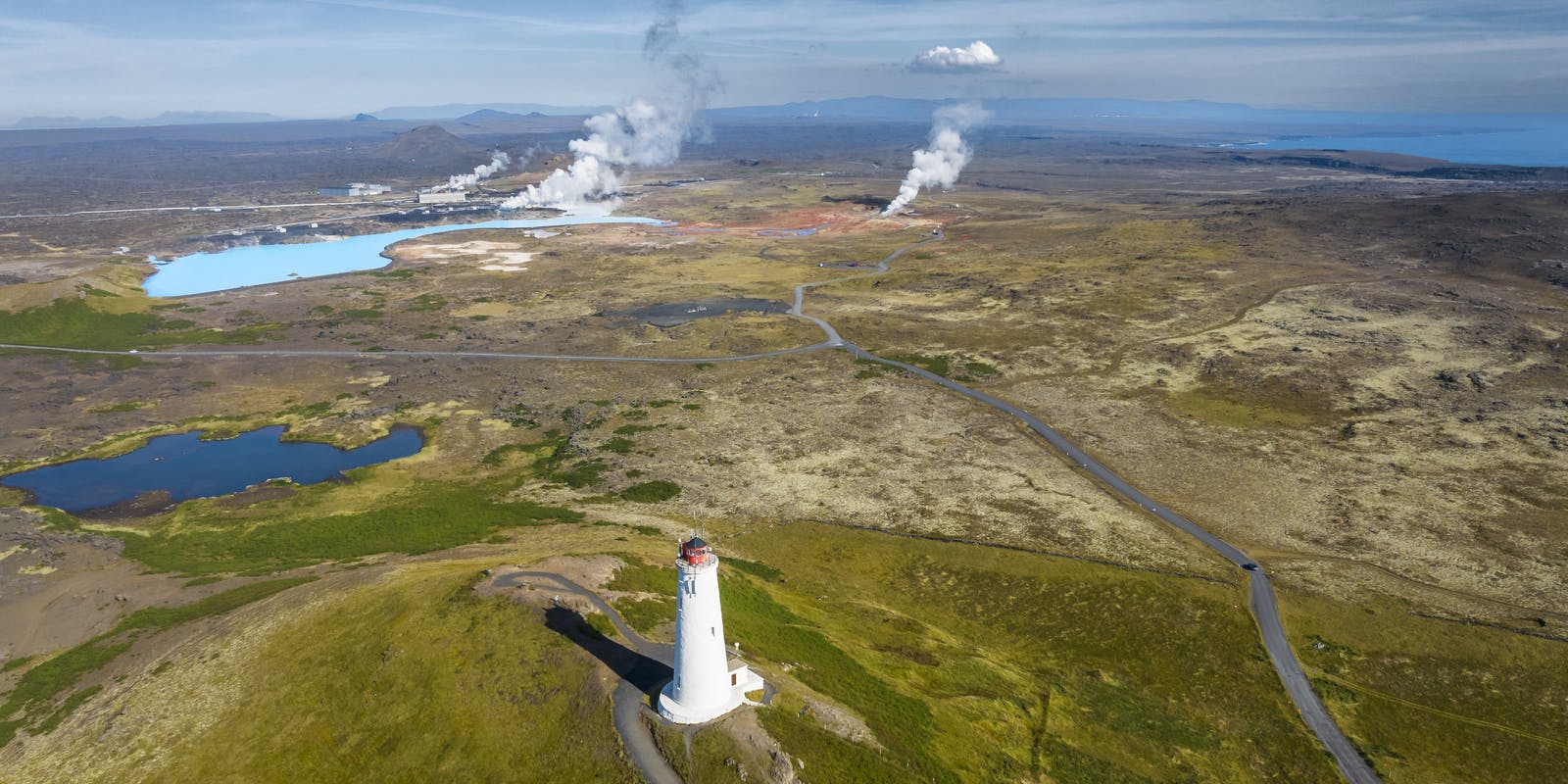
Are there earthquakes in Iceland? The answer is yes, and the reason is pretty simple.
Earthquakes most often happen on tectonic plate boundaries. The earth’s crust isn’t formed of a single solid piece. Instead, it’s made of sections. Imagine what it would look like if you crack a boiled egg with a spoon and the shell breaks – now scale that up to planet-size.
These fragments of crust are called crustal plates. They float on the dense layer of molten rock or magma underneath, which we call the mantle. This magma has a consistency similar to that of thick, slow-moving syrup.
Due to convection currents, the magma continually moves, carrying the tectonic plates along with it. Some of these plates move together; if so, we refer to the place where they meet as a destructive or convergent plate boundary. The collisions that occur can cause enormous earthquakes with devastating consequences. You might experience such quakes around the Pacific Rim, in countries such as Japan, Chile or the West Coast of the USA.
In contrast, other plate boundaries move apart, and where they do so, we call this a constructive or divergent boundary. Sometimes this motion can be jerky, which is why you might also feel earthquakes even though the plates don’t crash into each other. Iceland, located on the Mid-Atlantic Ridge, is an example of a constructive plate boundary. Earthquakes that occur on or close to constructive plate boundaries on average tend to be less powerful.
How often does Iceland have earthquakes?
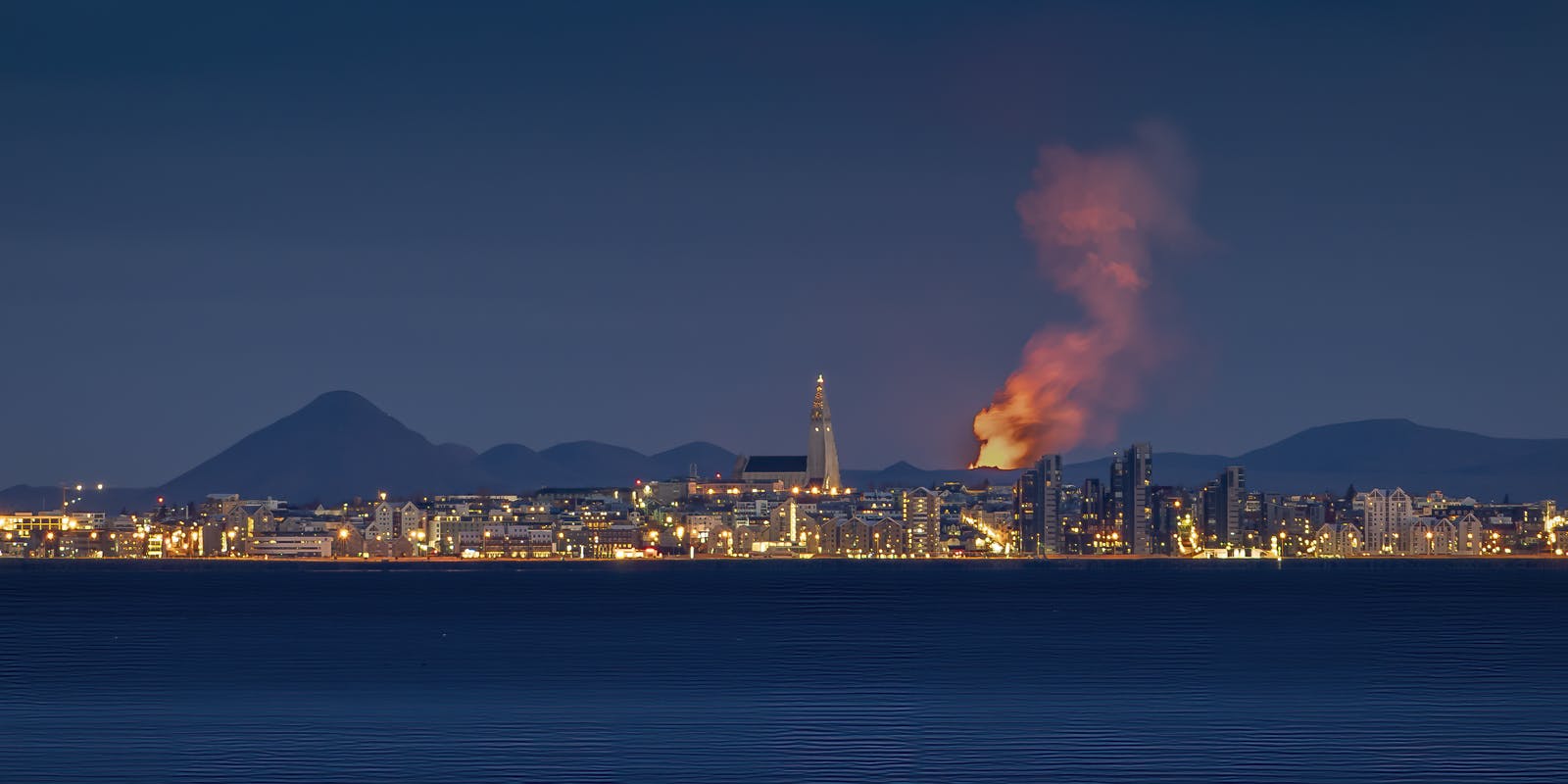
On average, Iceland experiences around 500 earthquakes a week, or about 26000 every year. But if you fear constant shaking could ruin your holiday, be reassured. Great majority of these small tremors are minor and barely noticeable, meaning you are unlikely to feel them while walking down the street or even disturbed during sleep.
Though earthquakes are common in Iceland, they shouldn't trouble you that much. If you do feel the ground shake, it will probably be a fleeting moment that will merely be a conversation starter over dinner or a talking point when you get back home.
Occasionally Iceland's earthquakes make the headlines. It is usually due to a series of tremors occurring within a short period in a specific location, such as beneath one of the country's many volcanoes.
Although there's not a perfect correlation, the presence of an earthquake swarm can be troubling as it can be a precursor to a volcanic eruption. In simple terms, the movement of magma within the volcano's chamber can make the earth move.
This phenomenon was one of the indicators that alerted scientists to potential volcanic activity before the 2021 eruption of Fagradalsfjall. However, it is important to note that not every instance of earthquake activity is a guaranteed precursor to a volcanic eruption.
Understanding the frequency and impact of earthquakes in Iceland can help put your mind at ease when planning your visit. While earthquakes are a regular occurrence in the country, most are minor and unlikely to affect your trip negatively. By being aware of the geological factors contributing to seismic activity, you can better appreciate Iceland's unique landscape and enjoy your stay.
So how should you prepare?
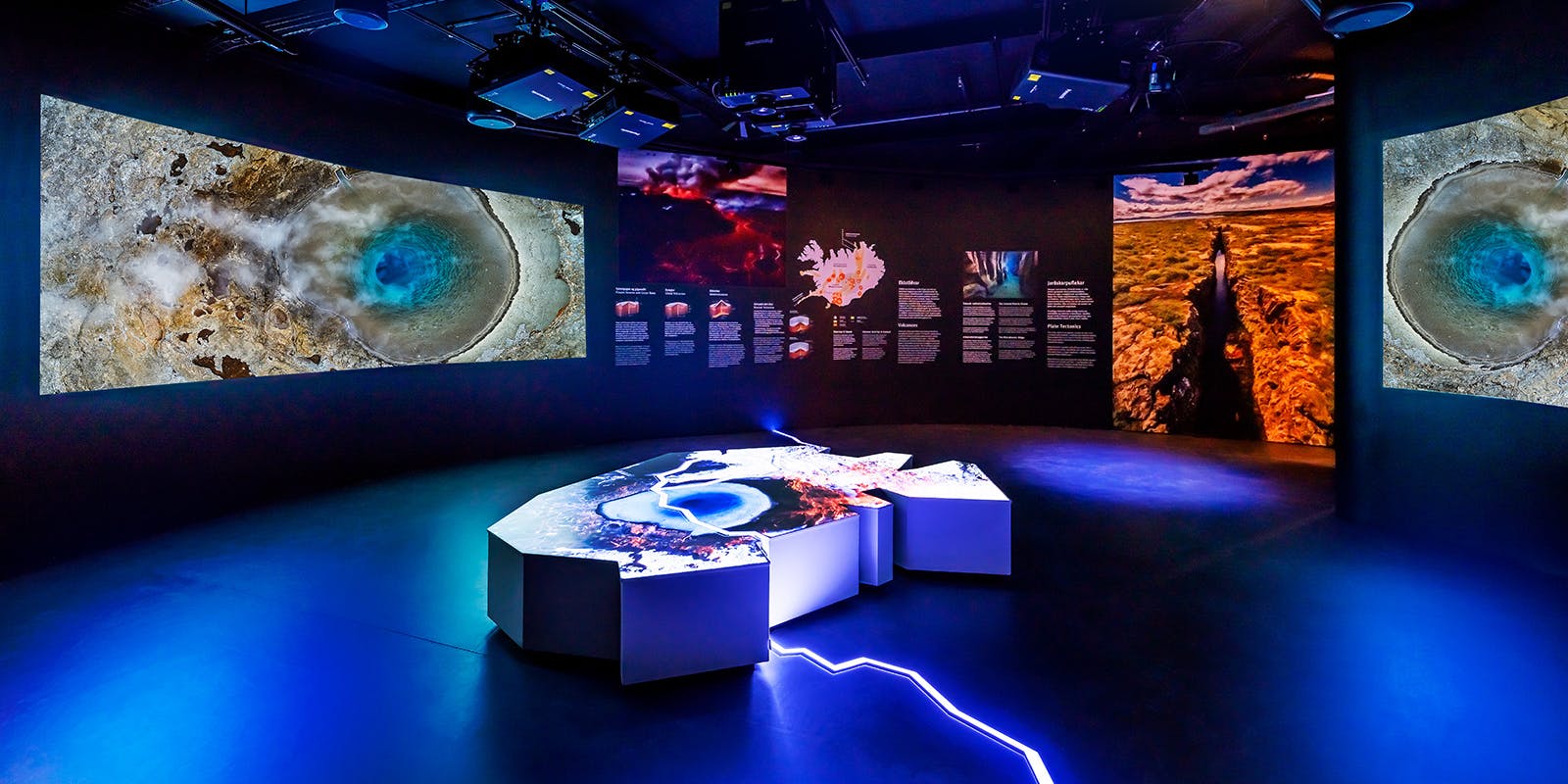
A simulator at the Southern Information Centre in Hveragerði allows you to experience what a 6.5 quake feels like. Additionally, the Centre provides informative displays showcasing the impacts of the 2008 earthquake, the largest to strike Iceland in recent years.
However, to learn more about the processes that cause quakes, Perlan's Forces of Nature exhibit in Reykjavik is an excellent place to start.
If you find yourself in Iceland during a significant earthquake, knowing and following general safety advice is crucial. These guidelines include the following:
- Drop to the floor: This helps to prevent you from being knocked over by the shaking.
- Cover your head: Protect your head and neck by shielding them with your arms.
- Hold on to something sturdy: Hold onto an object that is unlikely to collapse, such as a strong piece of furniture.
- Seek open spaces: If you can safely do so, move outdoors to an open area away from buildings, trees, and other potential hazards.
- Stand in a doorway or take shelter: If you cannot get outside, stand in a doorway or take cover under a solid structure, like a wooden table.
- Stop your vehicle: If driving, pull over to a safe location away from structures, trees, and other potential hazards, and remain inside the car until the shaking stops.
It is important to note that some earthquakes may only last a few seconds rather than minutes. In such cases, you may only have a little time to react before the shaking ends. Nonetheless, being aware of these safety guidelines and knowing how to respond during an earthquake will help ensure your well-being during your visit to Iceland.
Popular articles
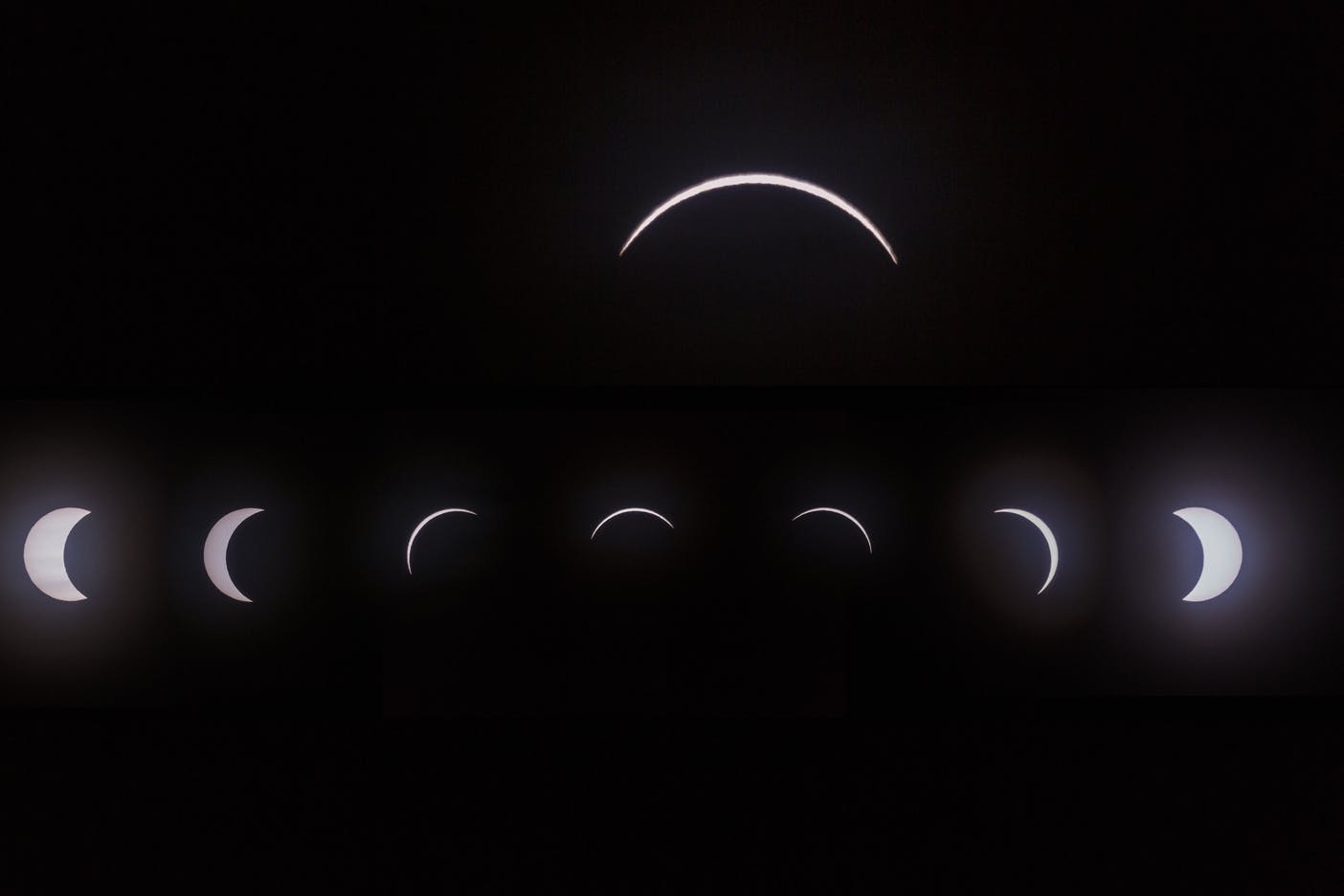
Guide to the Solar Eclipse 2026
Plan your trip to witness the Solar Eclipse 2026 in Iceland! Discover the best viewing spots, key times, safety tips, and travel advice for this rare celestial event.

Things To Do In Reykjavík In January
Embrace the Icelandic winter with our January Reykjavik itinerary. Enjoy unique events, cultural hotspots, and scenic wonders in the heart of winter.
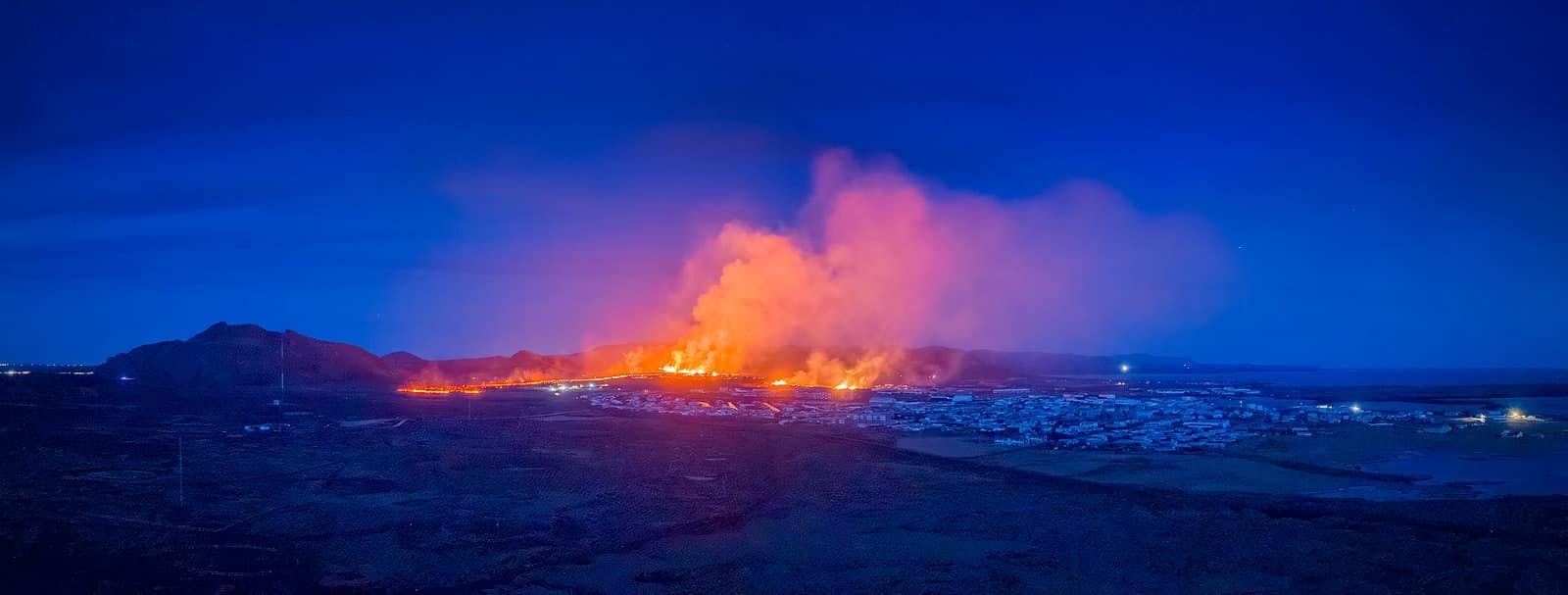
Updates on the Sundhnúkagígar Eruption in the Reykjanes Peninsula!
The current eruption in the Reykjanes Peninsula, is called Sundhnúkagígar Crater Row. See insights on the seismic activity and volcanic eruptions in the area!
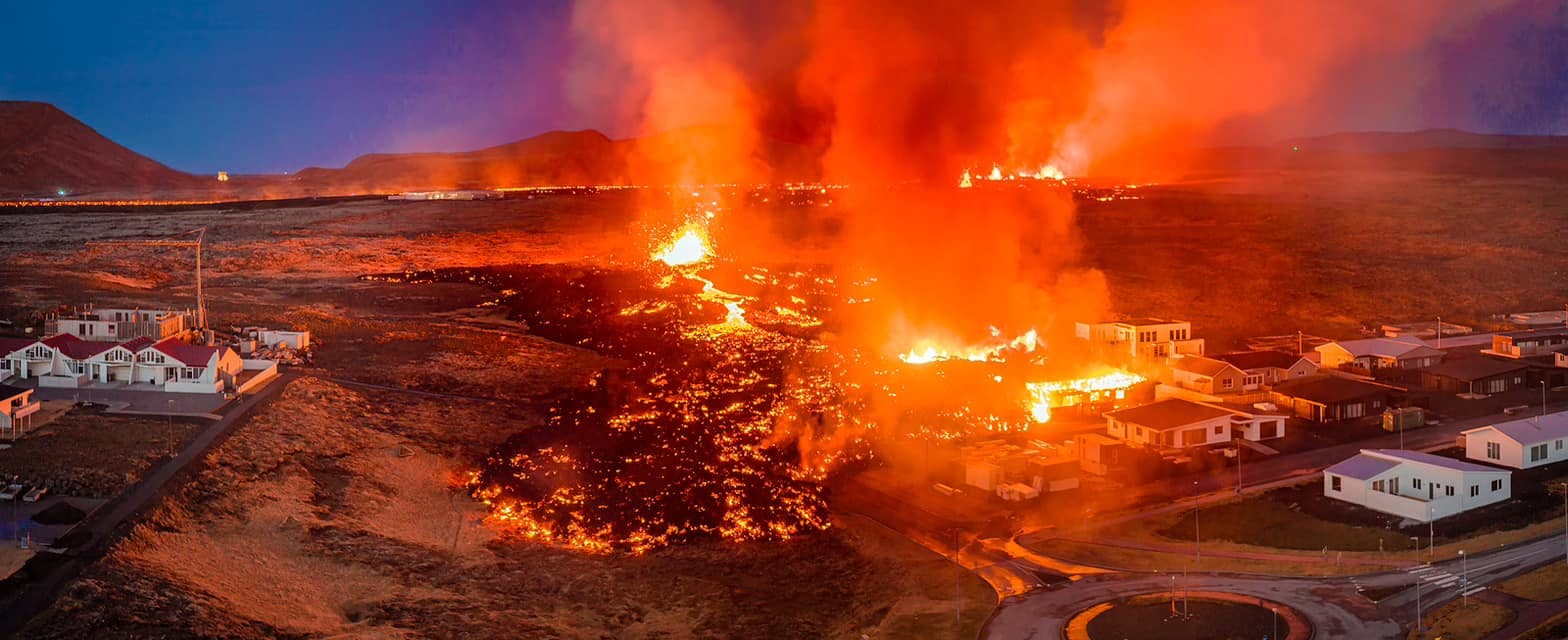
Active Volcanoes in Iceland 2024
Active volcanoes aren't the same thing as active eruptions. A volcano can be considered active even when it is not ejecting ash, rock, gases and magma, so which are active in Iceland in 2024?
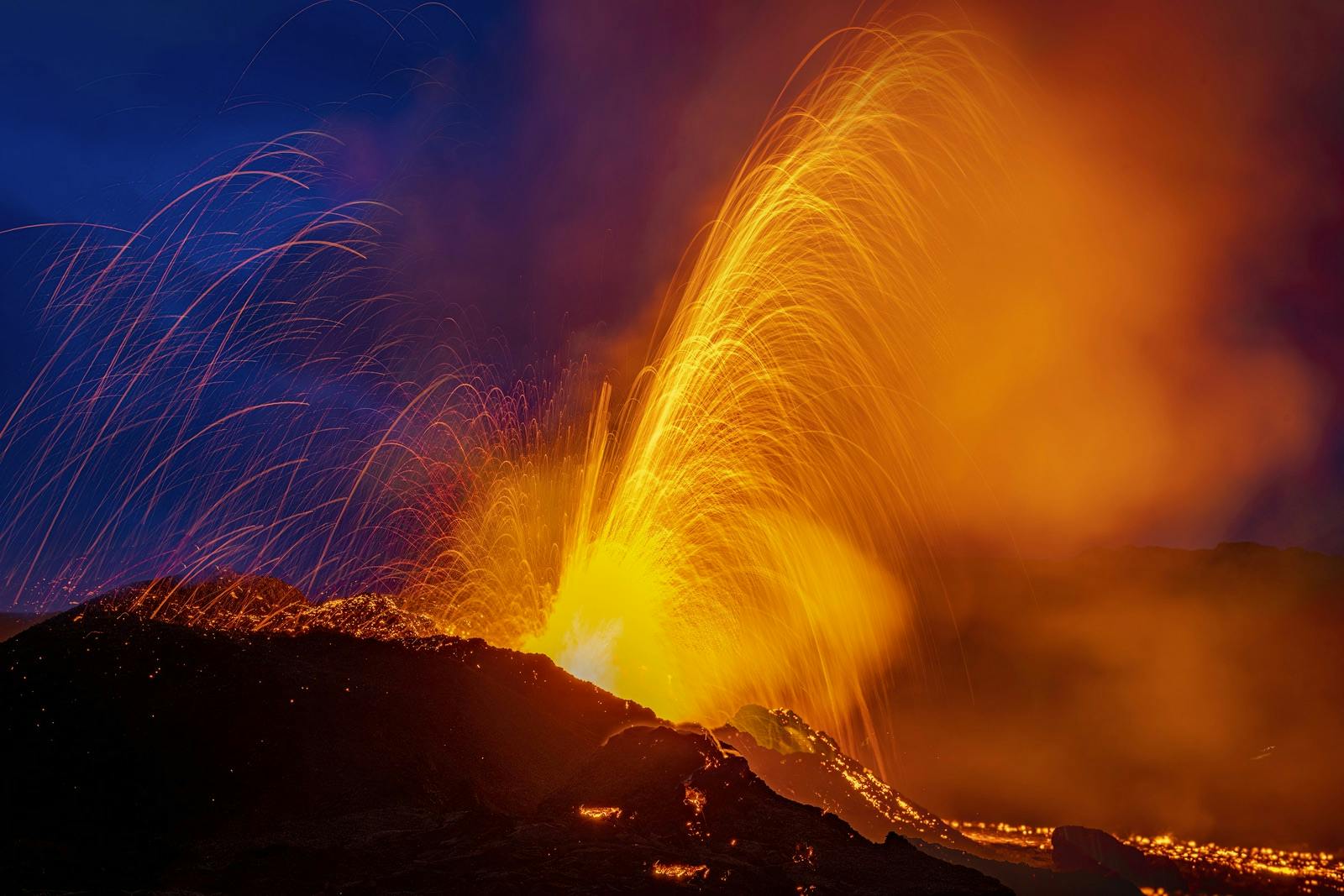
Volcano Museums and Exhibitions in Iceland
If you don't manage to visit an actively erupting volcano in Iceland - Experience its force at one of these excellent volcano museums and exhibitions in Iceland.
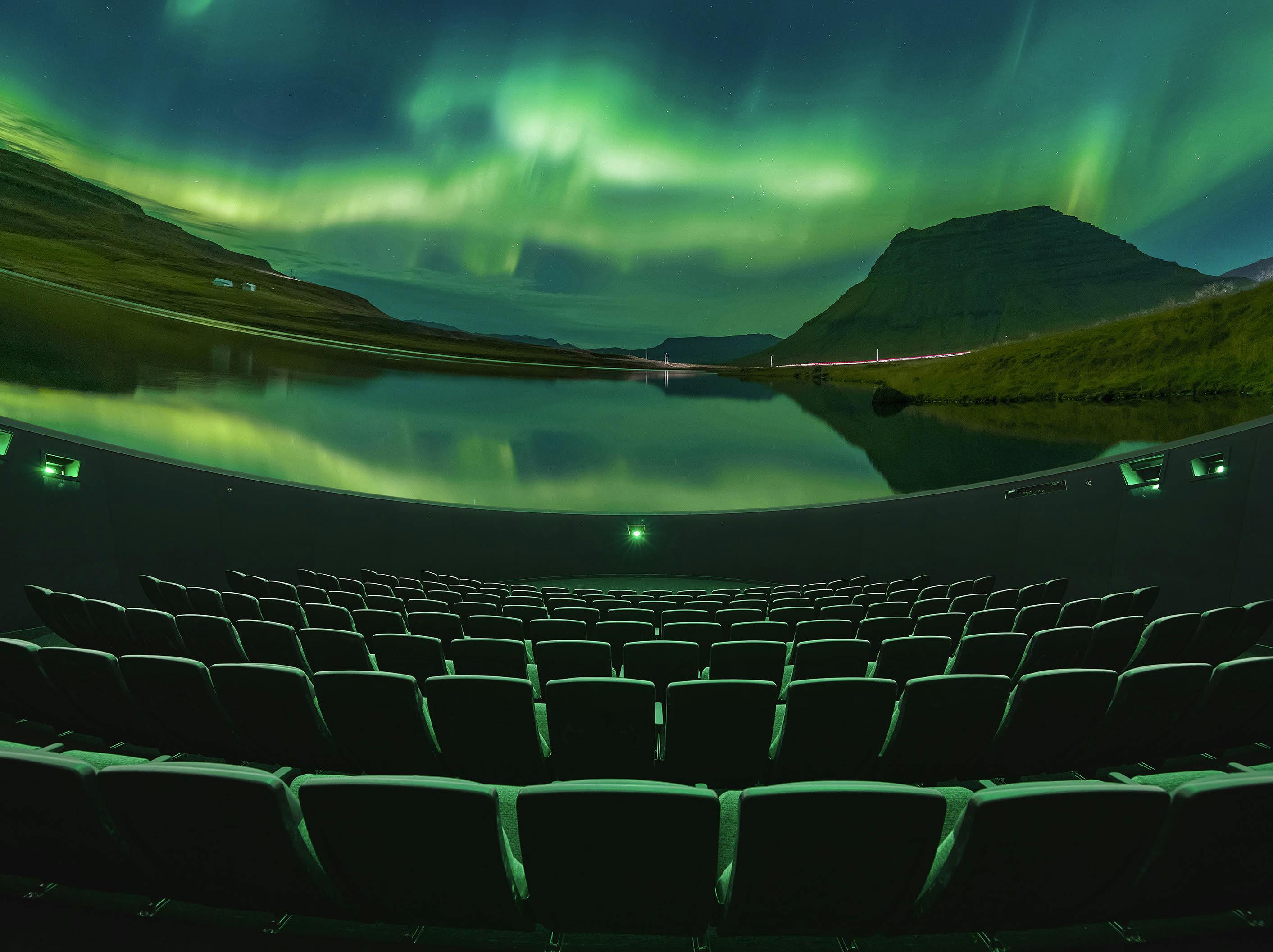
Top 10 Places To See the Northern Lights in Iceland
You can see the northern lights across the country, but some spots are more suitable than others. Find the best place to see the northern lights in Iceland.
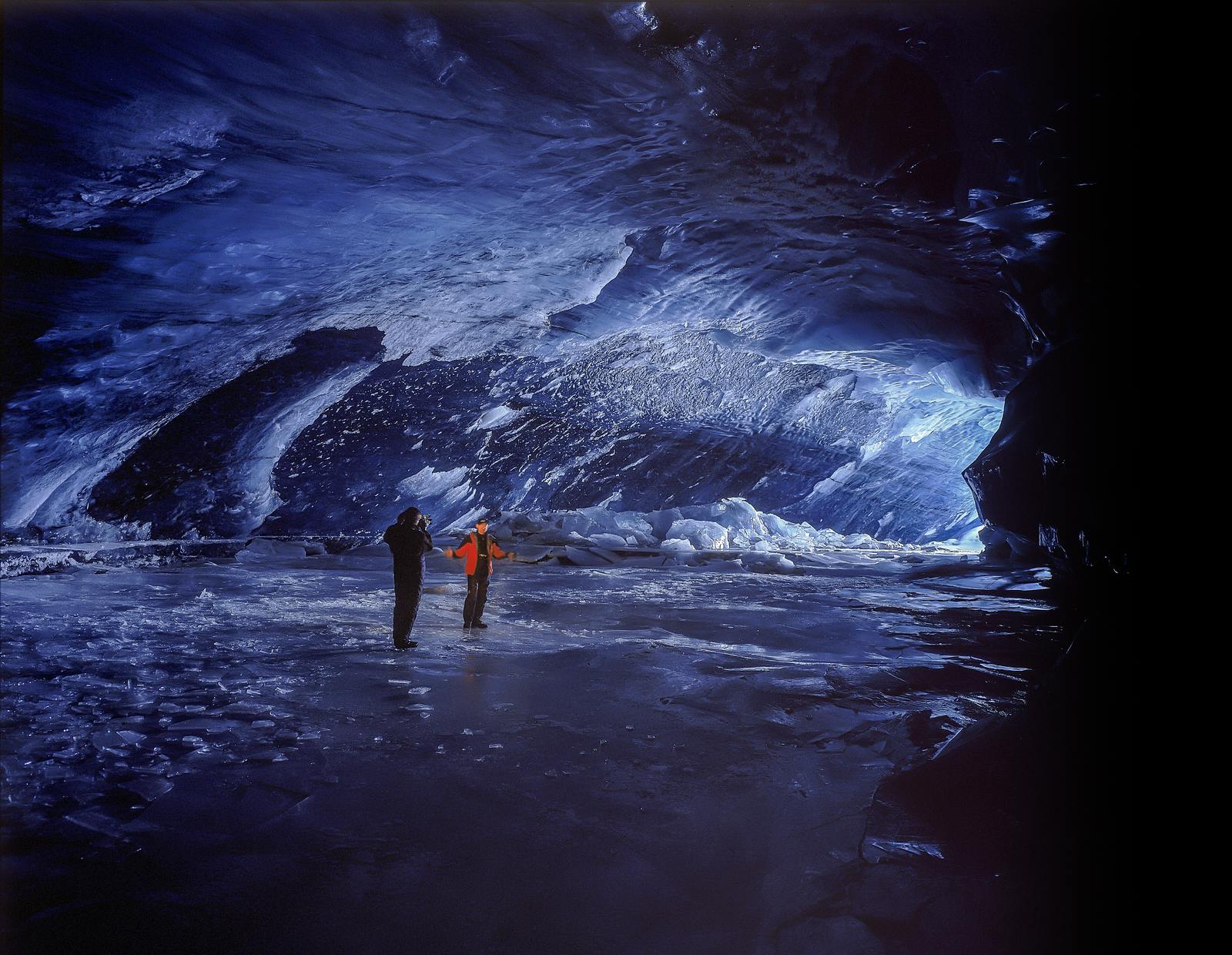
Ice Caves From Reykjavik
Travel beyond the capital for a closer look at an ice cave under one of Iceland’s glaciers. If you can’t spare the time, experience Perlan’s ice cave in Reykjavik.